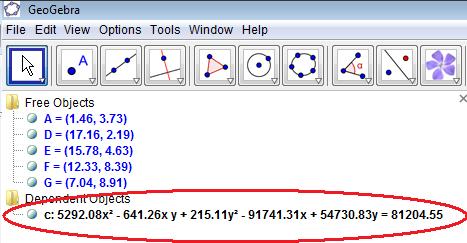 In a heretofore unprecedented (?) move, the National Hockey League has rejected a contract between a player and a team. In this case, the NHL is trying to void the 17-year, $102 million contract between Ilya Kovalchuk and the New Jersey Devils. The NHL isn’t commenting right now, but they obviously see this contract as specifically designed to circumvent the spirit of the NHL’s salary cap. The gaming of the system in this manner has been going on for several years.
In a heretofore unprecedented (?) move, the National Hockey League has rejected a contract between a player and a team. In this case, the NHL is trying to void the 17-year, $102 million contract between Ilya Kovalchuk and the New Jersey Devils. The NHL isn’t commenting right now, but they obviously see this contract as specifically designed to circumvent the spirit of the NHL’s salary cap. The gaming of the system in this manner has been going on for several years.
The salary cap is essentially a yearly limit on how much a team can spend on its players. The amount that an individual player counts toward this limit (that player’s “cap hit”) is easy to compute: it’s the total value of that player’s contract divided by the total number of years on that contract. In other words, a player’s cap hit is the average salary per year of his contract.
You don’t have to think very hard to figure out how to game this system: instead of signing a player to a 10-year, $100 million contract, pay them the minimum possible salary ($500K) for 4 extra years and sign them to a 14-year, $102 million contract. Now, instead of a $10 million cap hit per year, the player has a $7.3 million cap hit per year, allowing the team a lot more financial flexibility. Do the Devils really expect Kovalchuk to play in year 17 of his contract, when he’s 44 years old? Probably not.
You could drive a zamboni through this loophole.




